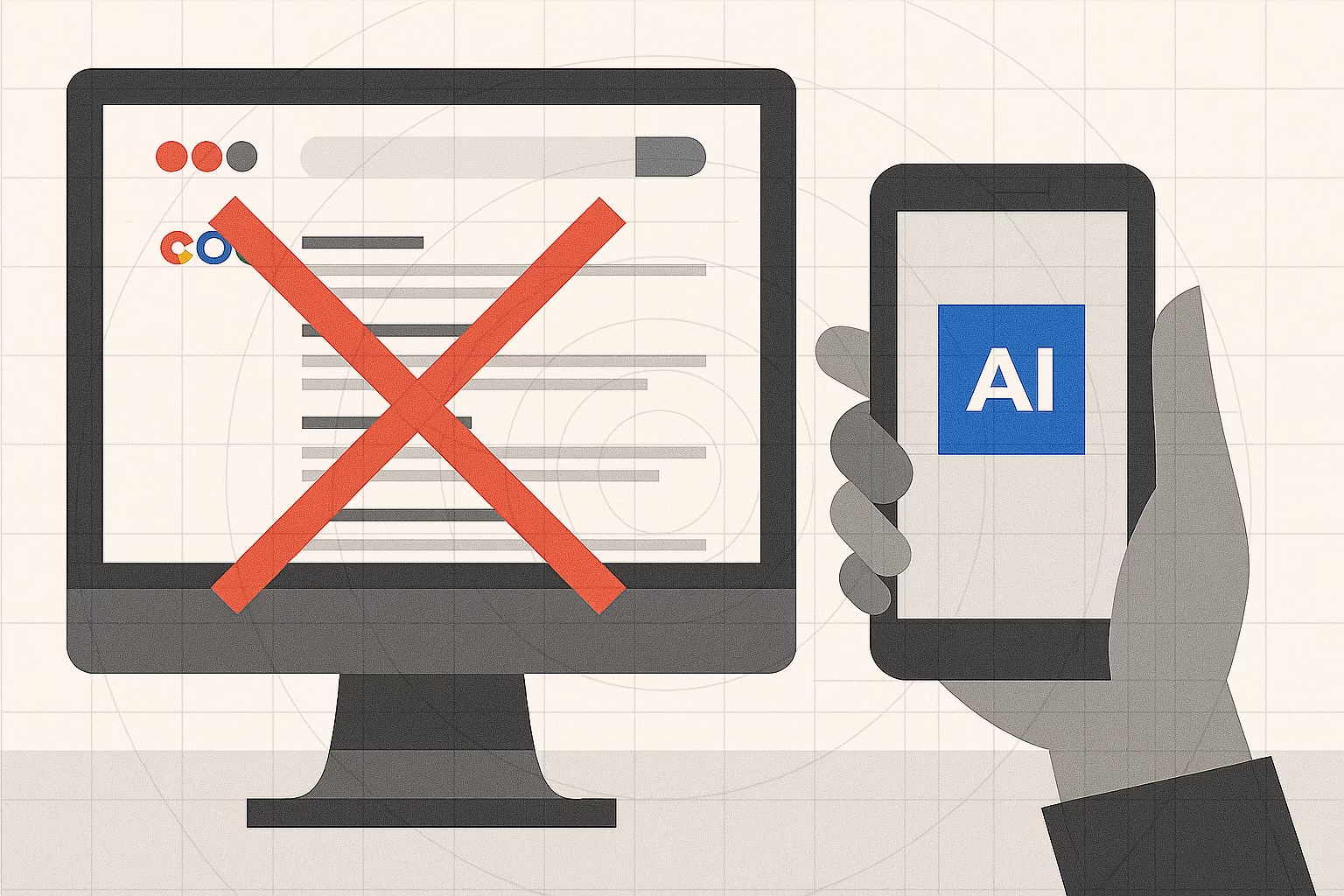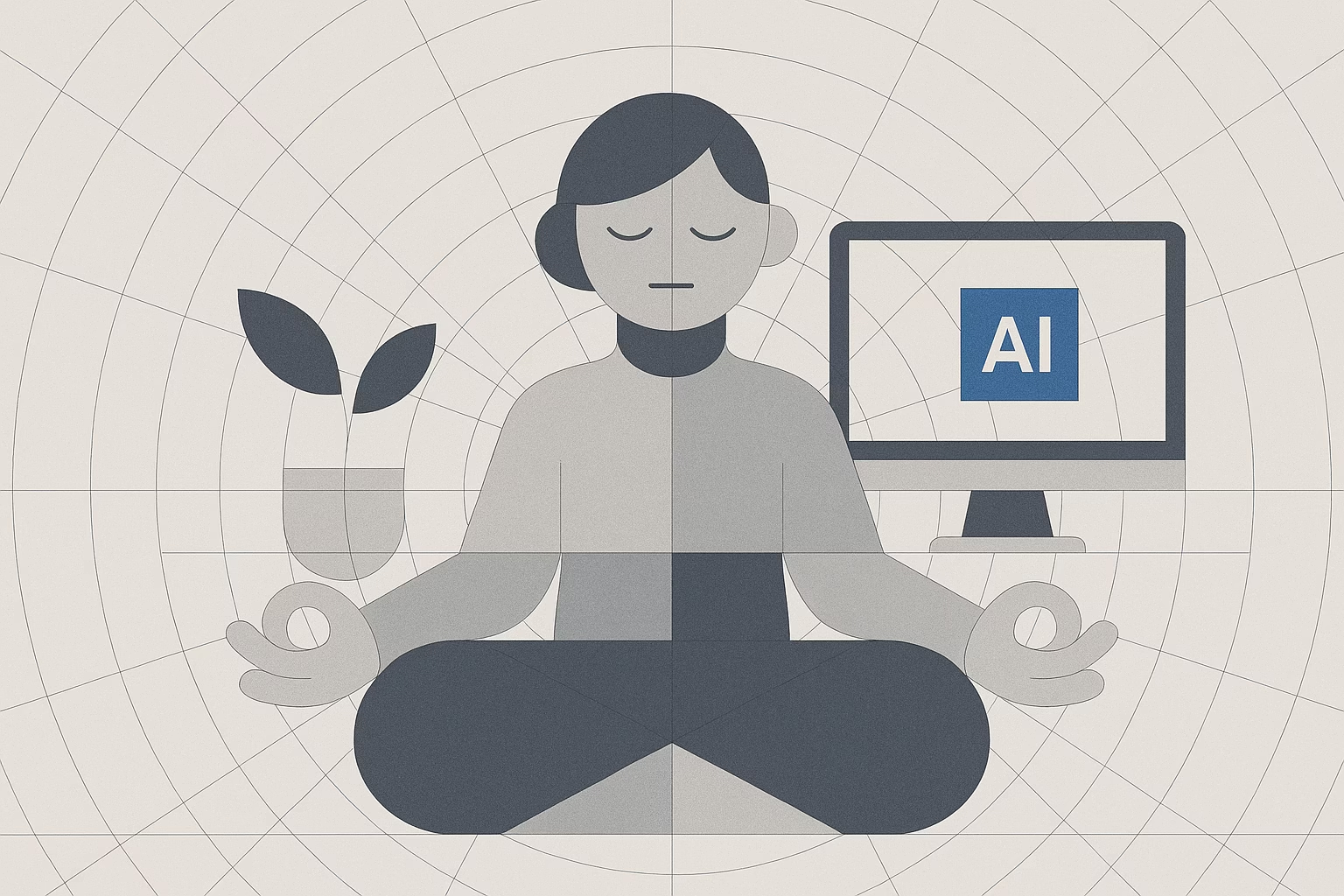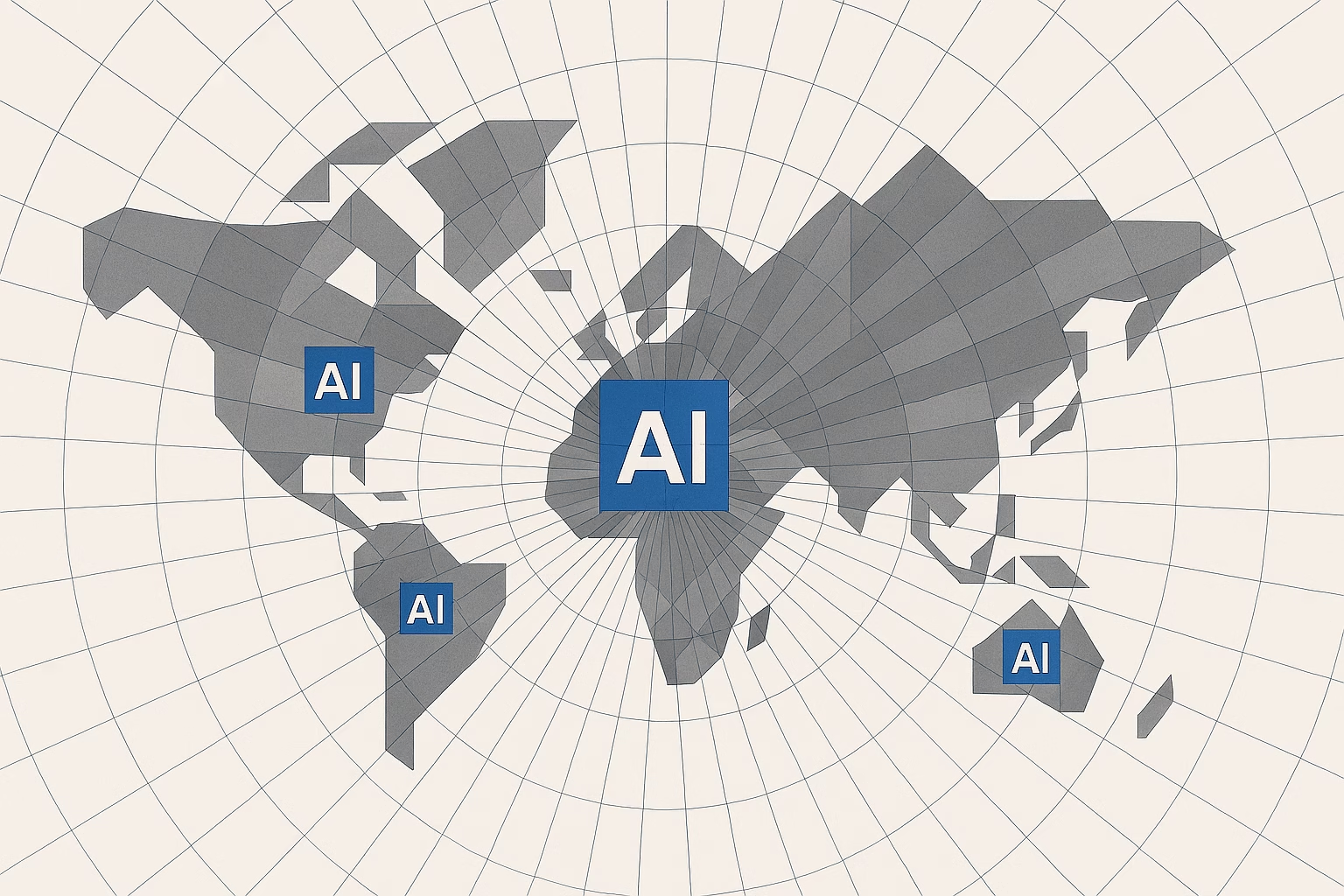AI search optimisation is changing discovery. From zero click answers to brand citations, here is how PMs and designers adapt fast.
Addressing bias; transparency; and responsible AI design practices
Swarmed by relentless notifications and energy-draining interfaces, can designers craft experiences that restore focus, protect our planet, and honour human emotion? Discover simple steps toward a digital calm without sacrificing your innovation.
At Designflowww.com we rolled out our AI Transparency Statement and asked if every design team should disclose AI tools like privacy notices. Most peers shrugged, saying AI is just another creative tool. But global regulators think otherwise.
Right now, AI is a tug of war. In boardrooms it’s a cost‑cutter, in creative spaces it’s a threat. Both views miss the truth: used well, AI can protect the human spark and drive innovation at scale. But if leaders chase savings at the expense of quality, or creatives retreat in fear, the result is the same — stalled progress, eroded trust, and lost opportunity.
With every innocent AI query, data centers kick into overdrive, burning through 415 TWh of electricity and evaporating 560 billion liters of water in last year alone. If AI’s appetite doubles, we’ll face a power demand equivalent to adding another Germany to the power grid) enough water withdrawal to sustain 100 million people. This hidden resource drain is a silent environmental ticking time bomb.




